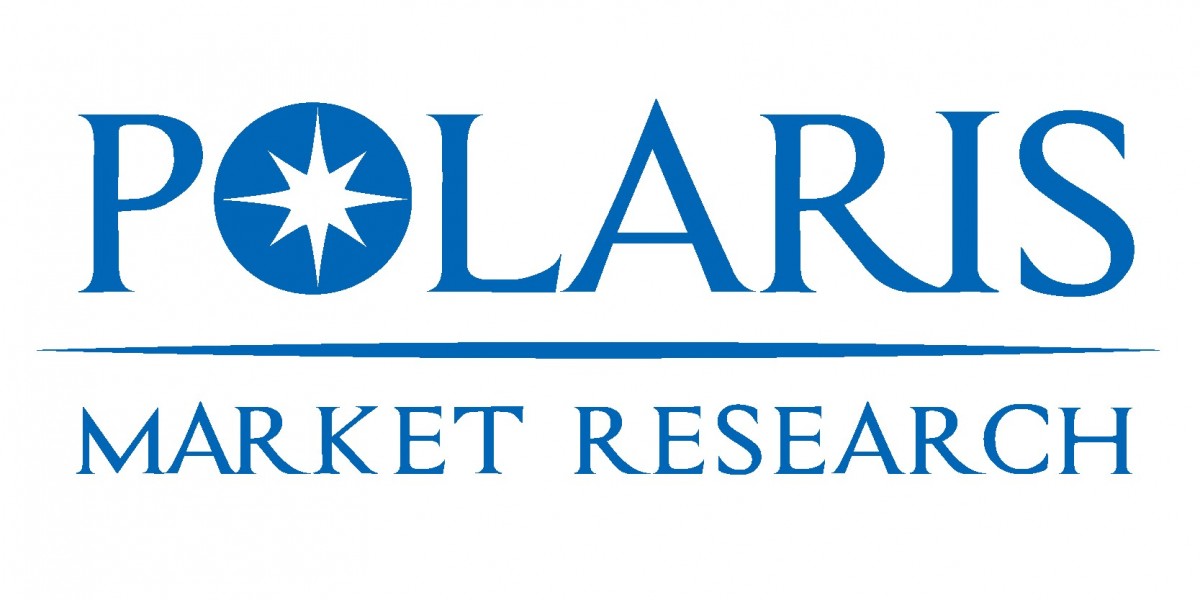A Field Programmable Gate Array (FPGA) is a semiconductor device that allows for flexible hardware configuration after manufacturing. Unlike Application-Specific Integrated Circuits (ASICs), which have fixed functionality, FPGAs enable developers to reprogram and optimize circuit designs according to specific application requirements. Their adaptability makes them a vital component in industries such as telecommunications, automotive, aerospace, and artificial intelligence (AI).
Get FREE Sample Report:
https://www.marketresearchfuture.com/sample_request/1019
How FPGAs Work
FPGAs consist of a matrix of Configurable Logic Blocks (CLBs) connected via programmable interconnects. These CLBs can be configured to perform complex digital logic operations. The main components of an FPGA include:
- Logic Blocks: Perform Boolean logic and arithmetic operations.
- Interconnects: Programmable routing paths that connect different logic blocks.
- Input/Output (I/O) Blocks: Manage data communication between the FPGA and external devices.
- Clocking Resources: Synchronize operations within the FPGA.
FPGAs are programmed using hardware description languages (HDLs) such as Verilog and VHDL, allowing designers to create custom digital circuits.
Advantages of FPGAs
- Reprogrammability: Unlike ASICs, FPGAs can be reconfigured multiple times to adapt to evolving requirements.
- Parallel Processing: FPGAs can execute multiple tasks simultaneously, making them ideal for high-performance computing.
- Low Latency: Since operations are implemented at the hardware level, FPGAs offer lower latency compared to general-purpose processors.
- Energy Efficiency: Optimized FPGA designs can consume less power than traditional CPU or GPU-based solutions.
Applications of FPGAs
1. Telecommunications
FPGAs are widely used in 5G infrastructure, signal processing, and network encryption due to their ability to handle high-speed data processing.
2. Artificial Intelligence (AI) and Machine Learning
FPGAs accelerate AI workloads, particularly in real-time inference applications, where they provide flexibility and performance efficiency.
3. Automotive Industry
Autonomous vehicles leverage FPGAs for sensor fusion, real-time decision-making, and safety-critical applications.
4. Aerospace and Defense
FPGAs are utilized in radar systems, encryption, and avionics due to their ability to withstand harsh environments and provide real-time processing.
5. Industrial Automation
FPGAs power robotics and industrial control systems, enabling fast and efficient automation in manufacturing processes.
Future of FPGA Technology
The FPGA market is expected to grow significantly, driven by the increasing demand for AI, edge computing, and high-speed networking. Innovations such as System-on-Chip (SoC) FPGAs, which integrate processors and FPGA fabric on a single chip, are expanding the use cases of FPGAs in diverse applications.








